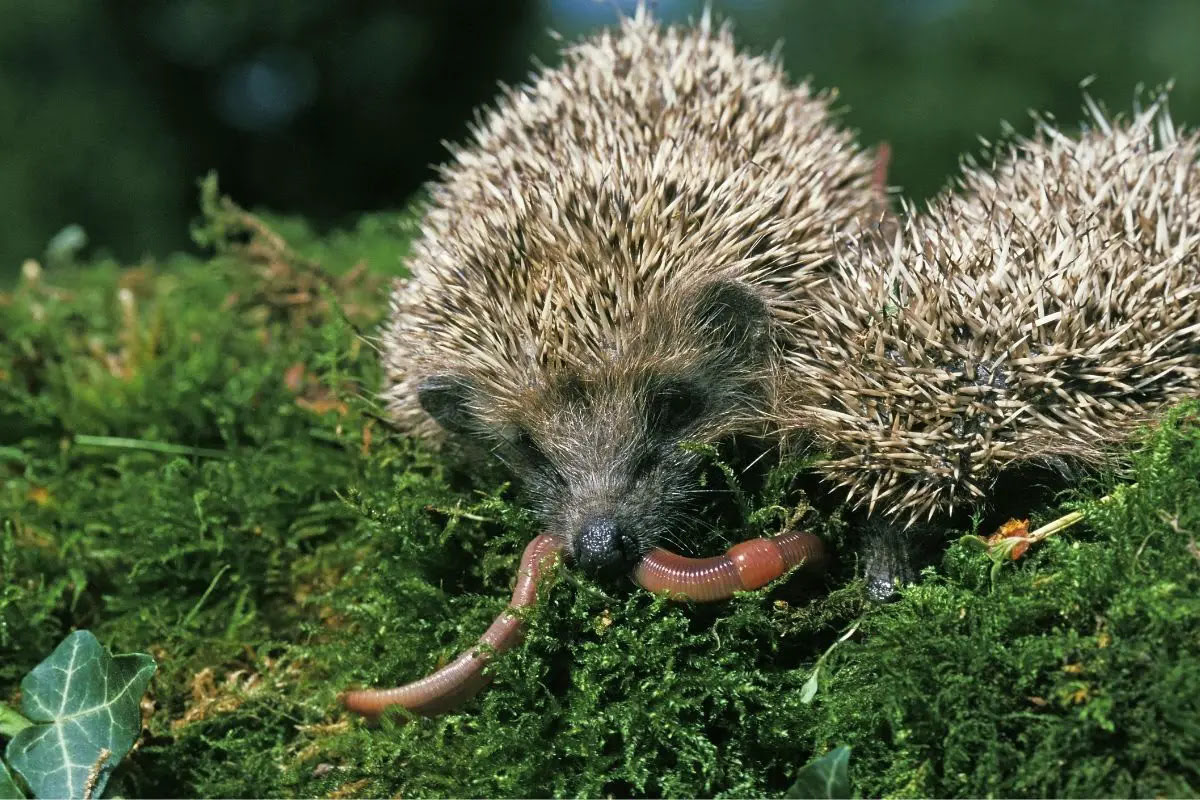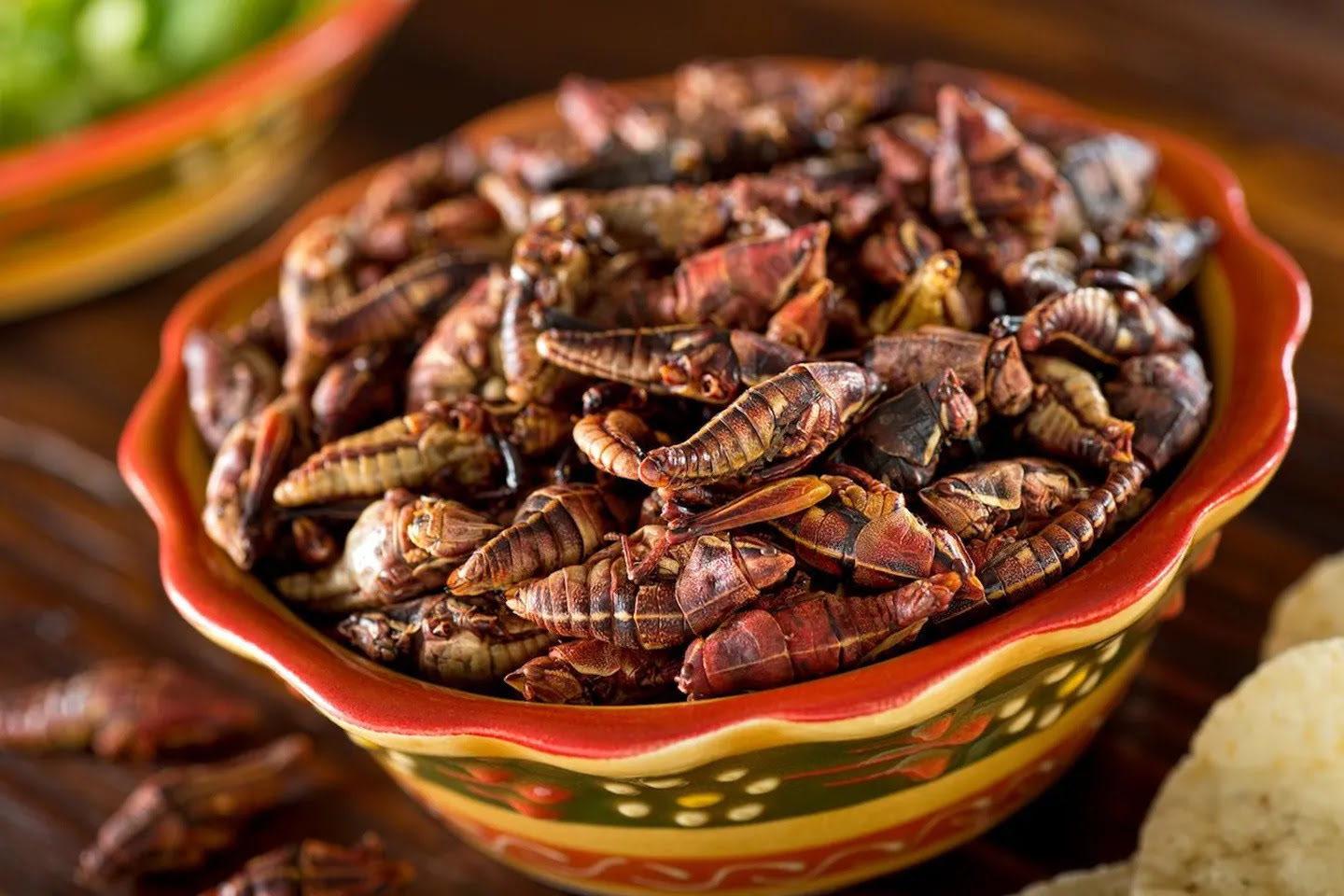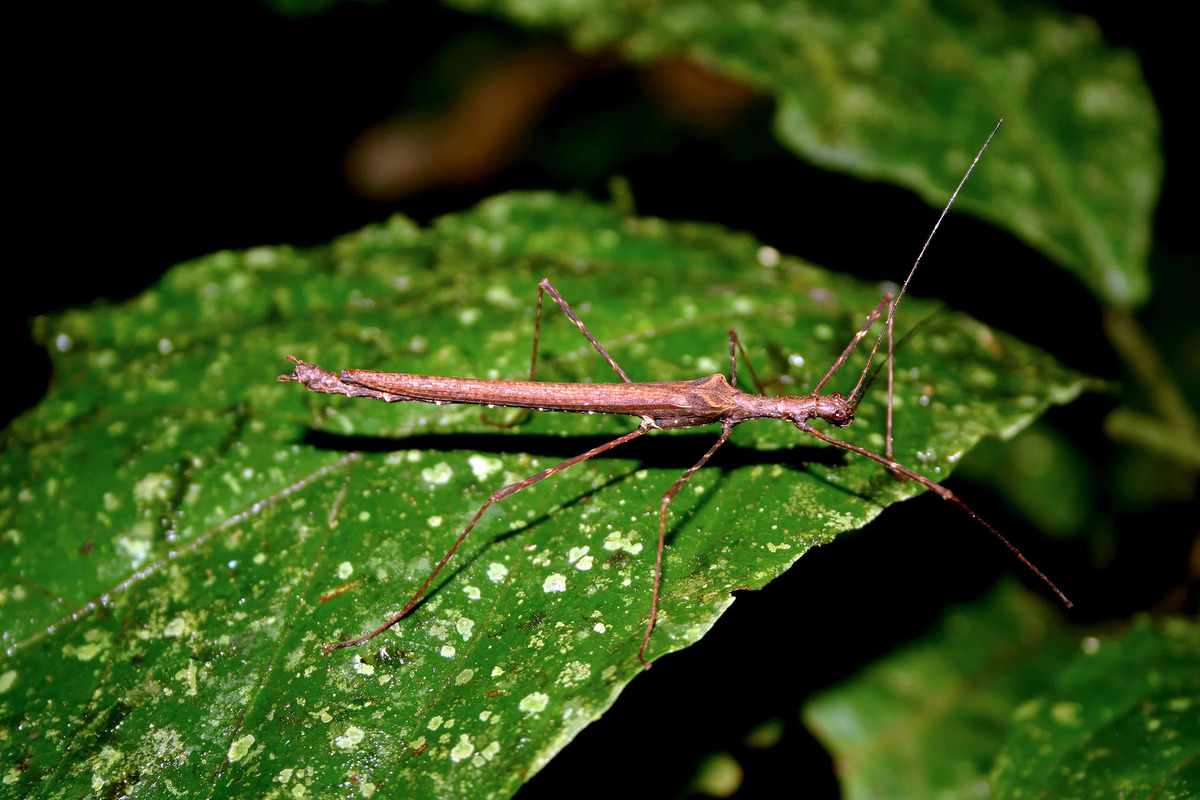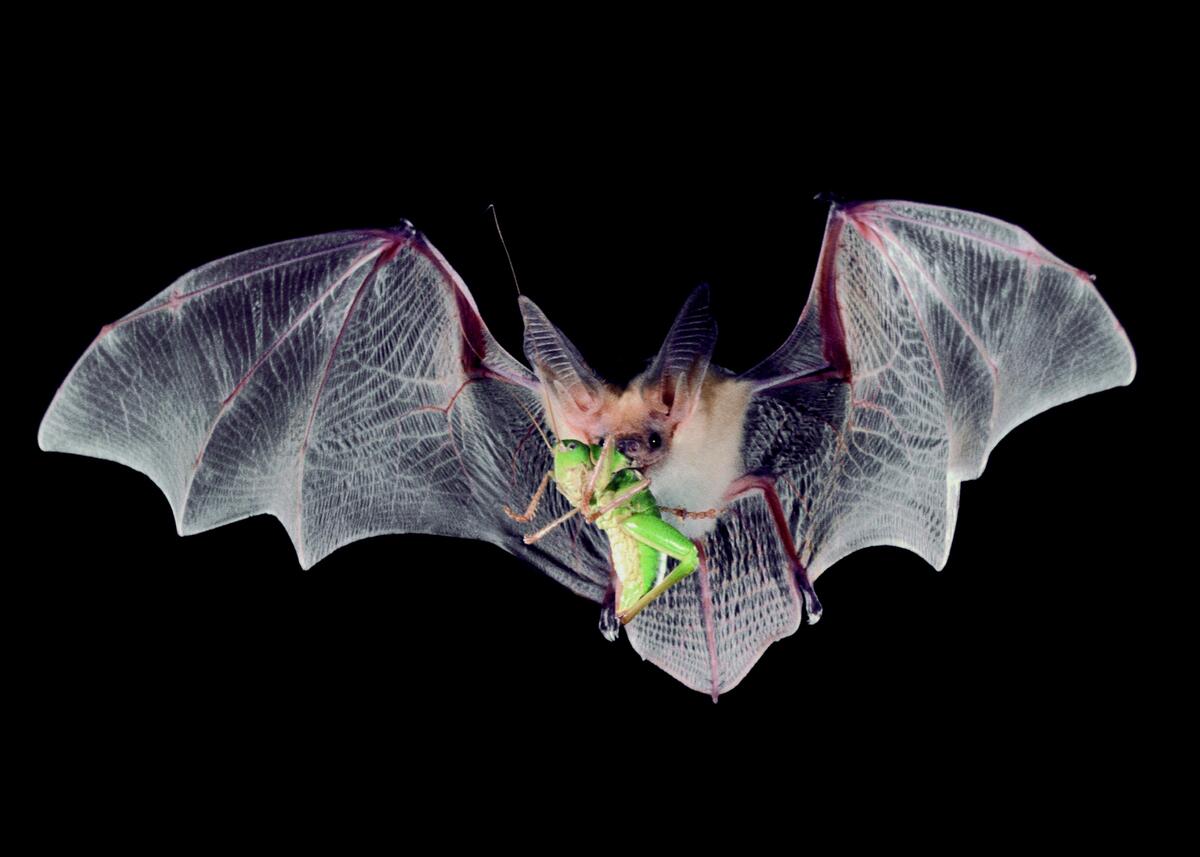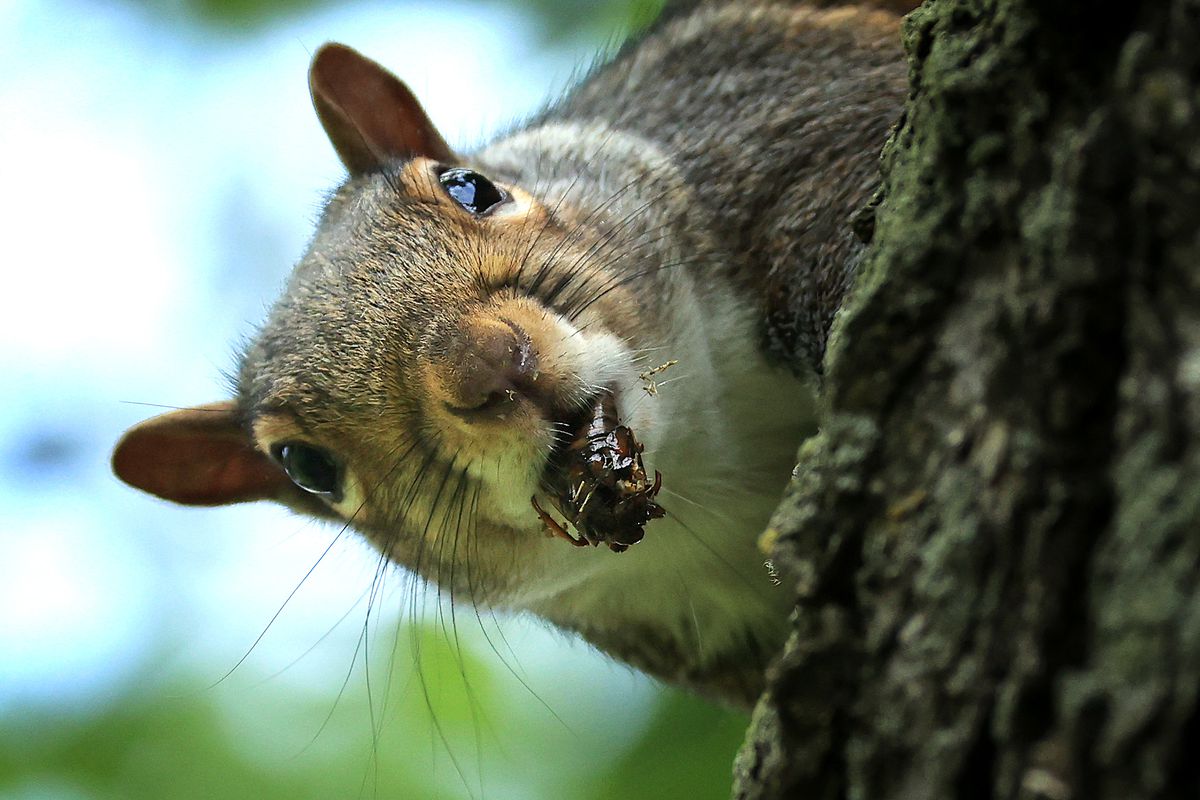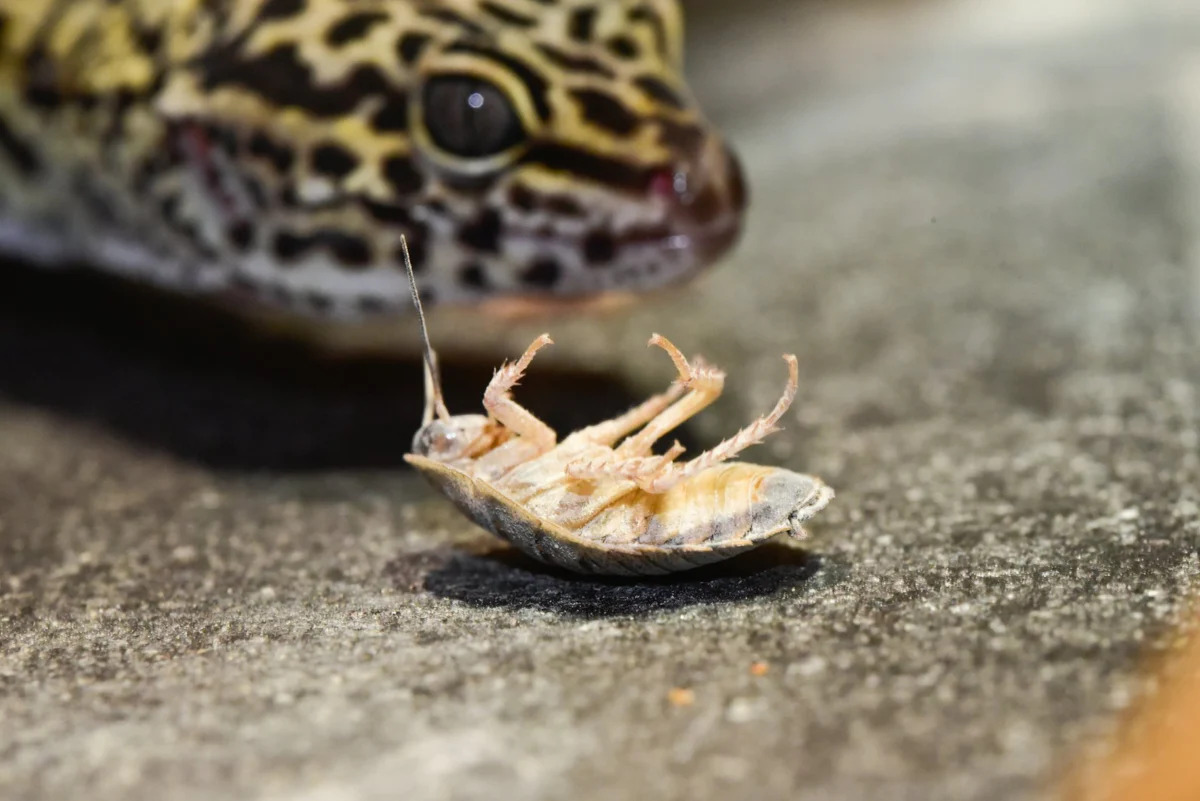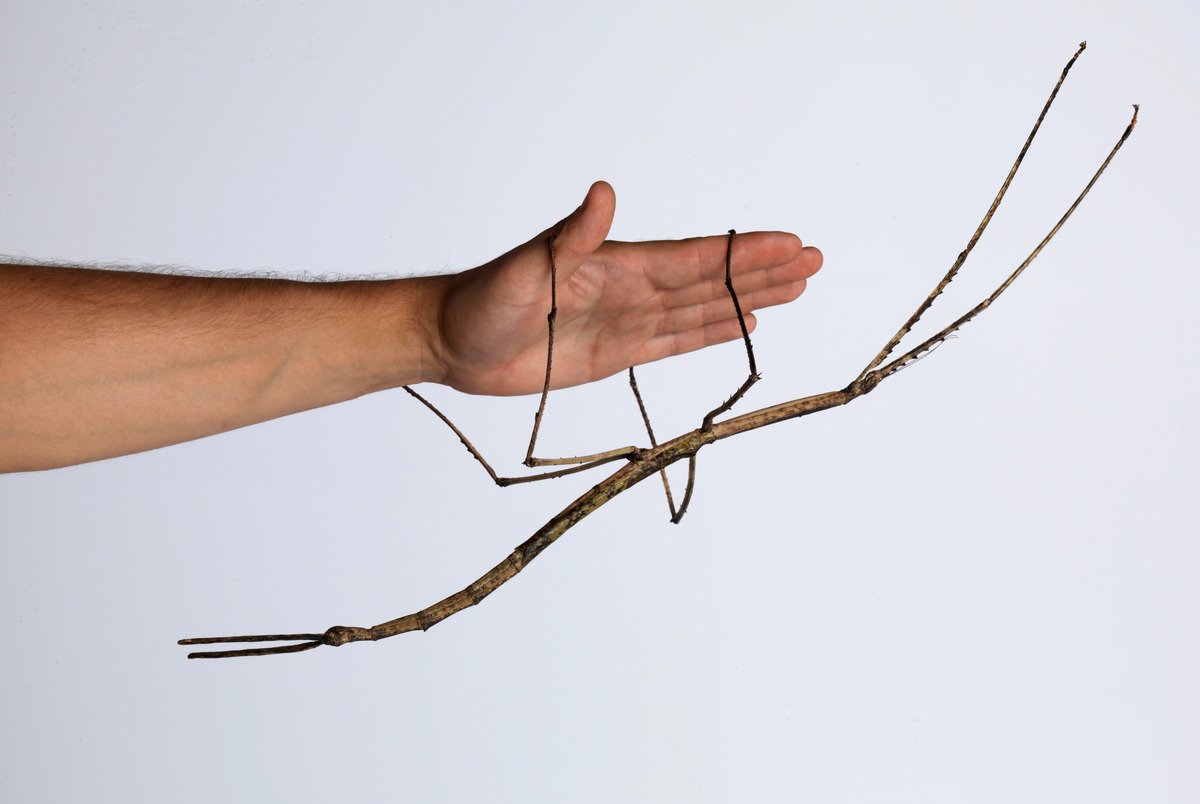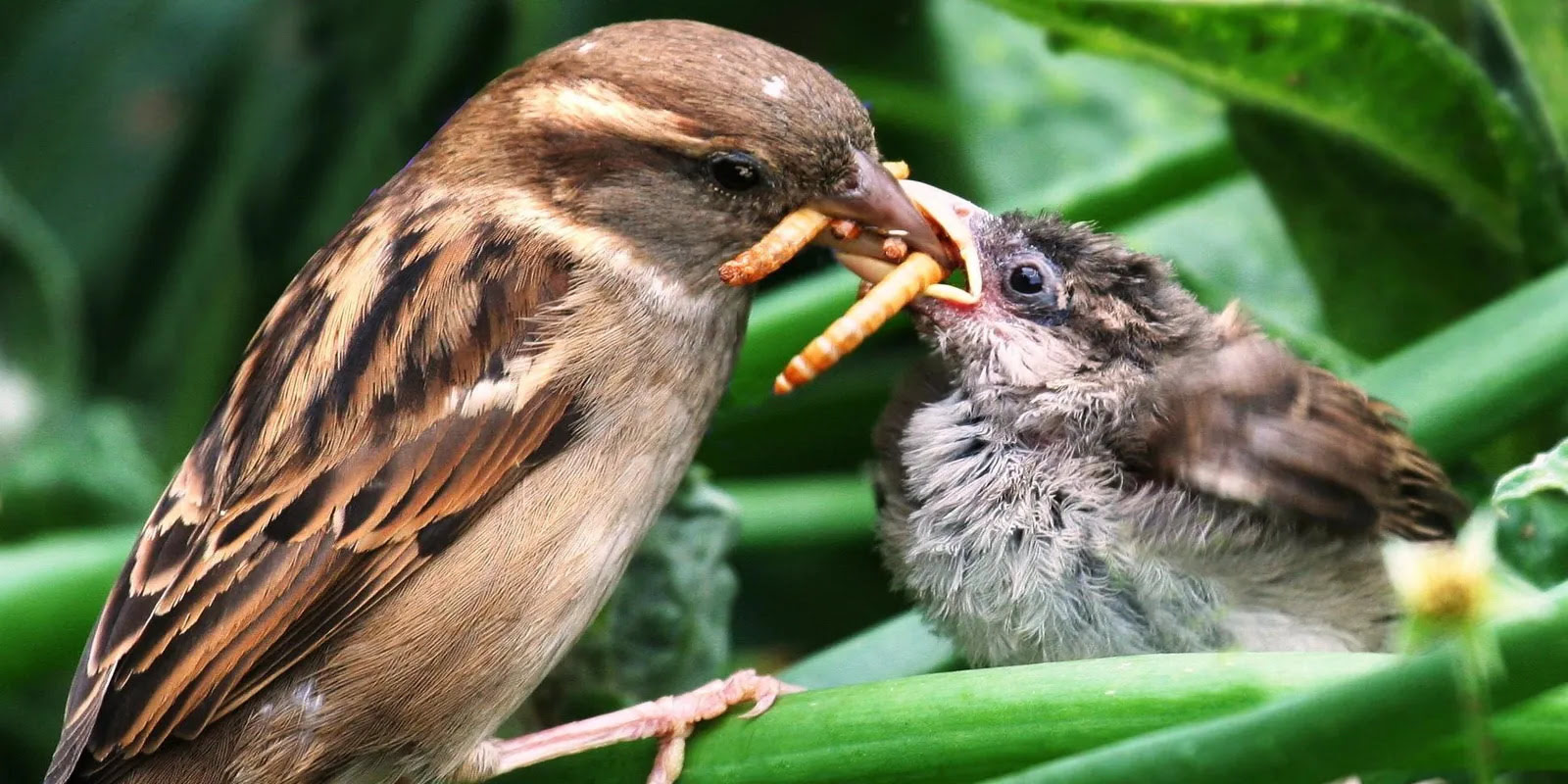Home>Gardening News and Trends>Latest News>What Insects Do Chameleons Eat


Latest News
What Insects Do Chameleons Eat
Published: December 6, 2023
Discover the latest news on what insects chameleons eat. Explore the fascinating diet of chameleons and learn about their unique feeding habits.
(Many of the links in this article redirect to a specific reviewed product. Your purchase of these products through affiliate links helps to generate commission for Chicagolandgardening.com, at no extra cost. Learn more)
Table of Contents
Introduction
Chameleons are fascinating creatures known for their incredible ability to change colors. Found in various parts of the world, these reptiles have a unique diet that largely consists of insects. In fact, insects form a crucial part of their nutrition, providing them with essential nutrients and energy.
The diet of chameleons primarily consists of a wide variety of insects, ranging from crickets and flies to grasshoppers and beetles. These insects offer not only a diverse range of flavors but also essential nutrients that are vital for the overall health and survival of these reptiles. Understanding the types of insects that chameleons consume and the nutritional value they provide is crucial for ensuring their well-being in captivity and in the wild.
In this article, we will delve into the world of chameleons’ diets, explore the common insects they consume, and discuss the nutritional value these insects offer. We will also examine the relationship between chameleons and predatory insects, as well as the factors that influence a chameleon’s insect preferences.
So, if you’ve ever wondered what insects chameleons eat and how they fulfill their dietary needs, join us on this journey to uncover the fascinating world of chameleon nutrition.
Chameleon Diet
Chameleons are insectivorous reptiles, meaning they primarily feed on insects. Their diet is specifically adapted to fulfill their nutritional requirements and support their unique physiology. While there are several species of chameleons with varying dietary preferences, the core of their diet consists of a wide range of small insects.
The chameleon’s tongue is their primary hunting tool. It is long and sticky, allowing them to extend it rapidly to catch their prey. This specialized adaptation enables them to catch insects in mid-air or from nearby foliage. Chameleons also possess well-developed eyesight, which aids them in spotting and targeting their small, fast-moving prey.
In the wild, chameleons have the opportunity to hunt and consume a diverse array of insects. This variety is crucial for their overall health and well-being. In captivity, it is essential to replicate this diversity to ensure their dietary needs are adequately met. Providing a varied diet not only prevents nutritional deficiencies but also keeps the chameleon active and engaged.
It’s important to note that while insects form the bulk of a chameleon’s diet, they may occasionally consume other smaller prey items like spiders, worms, or small lizards. However, insects remain their primary source of nutrition.
Next, let’s explore the common insects that chameleons consume and the nutritional value these insects offer.
Insects Consumed by Chameleons
Chameleons have a diverse palate when it comes to their choice of insects. Their diet includes a wide range of small arthropods that provide them with essential nutrients for growth, energy, and overall health. Let’s take a closer look at some of the common insects consumed by chameleons:
- Crickets: Crickets are a staple food for chameleons, rich in protein, calcium, and other essential nutrients. They come in various sizes, allowing chameleons to consume insects suitable for their size and age.
- Flies: Chameleons are quick to catch flying insects such as fruit flies or houseflies. These insects provide an excellent source of protein and are easily obtainable, making them a popular choice for chameleons.
- Grasshoppers: Known for their hopping abilities, grasshoppers are a favorite treat for chameleons. They are high in protein and provide excellent exercise for chameleons due to their agile movements.
- Beetles: Beetles are another type of insect consumed by chameleons. They offer a crunchy texture and are a valuable source of protein and essential nutrients.
- Mealworms: Mealworms are the larvae of darkling beetles and are a common food item in chameleon diets. They are rich in protein and fat, making them a nutritious snack for chameleons.
- Roaches: Roaches, such as Dubia roaches or discoid roaches, are a popular choice for chameleon keepers. They are nutritionally dense and easy to breed, ensuring a consistent supply of food for chameleons.
It is crucial to provide a varied diet that includes a combination of these insects to meet the nutritional requirements of chameleons. Offering a diverse range of prey ensures that they receive a wide spectrum of essential nutrients.
Next, let’s explore the nutritional value of these insects for chameleons.
Common Insects Eaten by Chameleons
Chameleons have a varied diet that includes a wide range of small insects. These insects provide chameleons with essential nutrients necessary for their growth, reproduction, and overall well-being. Let’s take a closer look at some of the common insects that chameleons consume:
- Crickets: Crickets are a staple food for chameleons. They are readily available, affordable, and come in different sizes, making them suitable for chameleons of various ages and sizes. Crickets are an excellent source of protein, which is essential for chameleon growth and muscle development.
- Flies: Chameleons are skilled at catching small flying insects like fruit flies or houseflies. These insects provide chameleons with a quick source of protein and are an excellent way to stimulate their natural hunting instincts. Flies are often used as a supplement or treat in a chameleon’s diet.
- Grasshoppers: Grasshoppers are another favorite insect of chameleons. They offer a crunchy texture and are rich in protein. Grasshoppers also provide chameleons with exercise as they leap around, making them an excellent prey item for stimulating both physical and mental activity.
- Beetles: Chameleons also consume various species of beetles. These insects are a rich source of protein and other nutrients. Beetles provide chameleons with a different texture and taste compared to other insects, adding variety to their diet.
- Mealworms: Mealworms are the larvae of darkling beetles and are commonly fed to chameleons. They are rich in protein and fat, making them a nutritious snack. However, it’s important to moderate the number of mealworms in a chameleon’s diet due to their high-fat content.
- Roaches: Certain species of roaches, such as Dubia roaches or discoid roaches, are a popular choice for chameleon owners. These roaches are nutritionally dense and offer a balanced nutritional profile. They are also relatively easy to breed, ensuring a consistent supply of food for chameleons.
These are just a few examples of the common insects that chameleons consume. Offering a diverse range of prey ensures that chameleons receive a well-rounded diet with the necessary nutrients. It is crucial to provide a balanced and varied insect selection to support chameleon health and longevity.
Nutritional Value of Insects for Chameleons
Insects form a vital part of a chameleon’s diet as they provide essential nutrients necessary for their growth, development, and overall health. Let’s explore the nutritional value that insects offer to chameleons:
Protein: Protein is crucial for chameleons as it supports muscle development, tissue repair, and overall growth. Insects such as crickets, flies, grasshoppers, beetles, mealworms, and roaches are all excellent sources of protein.
Calcium: Calcium is necessary for building strong bones, egg production, and muscle function in chameleons. Without sufficient calcium, chameleons can develop metabolic bone disease. Feeder insects like crickets, roaches, and mealworms can be dusted with a calcium supplement before being offered to chameleons.
Vitamins and Minerals: Insects, especially those that consume a varied diet themselves, are rich in vitamins and minerals. These include vitamin A, vitamin D3, vitamin E, beta-carotene, iron, zinc, and magnesium. These nutrients contribute to chameleon’s overall immunity, reproductive health, and metabolic functions.
Water Content: Insects also provide some moisture to chameleons’ diets. While chameleons primarily obtain water from drinking droplets found in their environment, some insects, like flies, contain a higher water content, aiding in overall hydration.
Aside from their nutritional value, the size and mobility of insects also provide chameleons with the opportunity to engage in natural hunting behaviors. This stimulation is essential for their physical and mental well-being.
It’s important to note that while insects are a crucial part of a chameleon’s diet, it is equally important to ensure a balanced and varied source of food. Providing a combination of different insects ensures that chameleons receive a wide spectrum of essential nutrients necessary for their overall health and well-being.
Chameleons and Predatory Insects
While chameleons primarily consume insects as their main source of food, they also face the occasional threat from predatory insects. These predatory insects can pose a danger to chameleons, especially the hatchlings or smaller individuals. Let’s explore the relationship between chameleons and predatory insects:
Mantises: Praying mantises are known for their predatory behavior and have been observed preying on chameleons, particularly the smaller species. Their powerful forelegs and sharp mandibles make them efficient hunters. Chameleons need to be vigilant in areas where mantises are prevalent.
Spiders: Certain species of spiders, like orb-weaving spiders or huntsman spiders, are capable of capturing and consuming chameleons. Chameleons may become entangled in spider webs or fall victim to a spider’s quick strike. It’s important for chameleons to navigate their surroundings carefully to avoid spider encounters.
Ants: While ants are not direct predators of chameleons, they can pose a threat in large numbers. Some species of ants may attack chameleons, especially when they feel threatened or if the chameleon happens to disturb their nests. These encounters can result in bites, which may be painful or cause discomfort to the chameleon.
Chameleons have their own defense mechanisms to deal with predatory insects. Their ability to camouflage and blend into their surroundings helps them evade detection by predators. They also have sharp claws and a prehensile tail that they can use for defense. Chameleons are nimble climbers and can retreat to higher branches or foliage to avoid close encounters with predatory insects.
While chameleons are generally able to protect themselves against predatory insects, it is crucial for chameleon keepers to create a safe and secure enclosure for their pets. This involves carefully selecting the appropriate mesh size for the enclosure to prevent the entry of predatory insects.
By understanding the potential risks and taking necessary precautions, chameleon owners can ensure the safety and well-being of their scaly companions.
Factors Affecting Chameleon’s Insect Preferences
The insect preferences of chameleons may vary based on several factors. These factors can influence the type of insects they choose to eat and can vary among different chameleon species. Let’s explore some of the key factors that affect a chameleon’s insect preferences:
Availability: The availability of certain insect species in the chameleon’s natural habitat plays a significant role in determining their preferences. Chameleons are opportunistic feeders, and their preferences are shaped by the insects readily available in their environment.
Taste and Texture: Chameleons, like other animals, may have their own individual taste preferences. They may prefer certain types of insects based on their taste or the texture of the prey item. For example, some chameleons may find crickets more palatable, while others may prefer the crunchy texture of beetles.
Size of Prey: The size of the prey may also affect a chameleon’s preference. Hatchlings or younger chameleons may opt for smaller insects that are easier to catch and consume, while larger chameleons may target bigger prey items to satisfy their hunger.
Movement: Chameleons are visually oriented hunters, and the movement of the insects can influence their choice. Chameleons are more likely to be attracted to insects that exhibit quick and erratic movements, mimicking the behavior of prey in their natural environment.
Nutritional Value: Chameleons have innate instincts that guide them towards prey items that can fulfill their nutritional needs. They may select particular insects based on their nutritional profile, especially when they require specific nutrients for growth, reproduction, or general health maintenance.
Habitat and Geographic Location: The specific habitat and geographic location of chameleons can also influence their insect preferences. Different regions may have unique insect populations, resulting in variations in the availability and variety of insects for chameleons to consume.
It is important to remember that while certain preferences exist, chameleons are adaptable and can adjust their feeding behavior based on the availability of suitable prey. Providing a diverse range of insects is key to ensuring that chameleons receive a balanced and nutritious diet.
Conclusion
Chameleons have a unique and fascinating diet that primarily consists of insects. These reptiles rely on a diverse range of insects to fulfill their nutritional needs and support their overall health and well-being. From crickets and flies to grasshoppers and beetles, the diet of chameleons encompasses a variety of small prey items.
Insects offer essential nutrients like protein, calcium, vitamins, and minerals that are necessary for chameleon growth, muscle development, reproduction, and overall metabolic functions. Proper nutrition is crucial for chameleons to thrive and maintain optimal health in both captive and wild environments.
While chameleons primarily consume insects, they also face the occasional threat from predatory insects such as mantises, spiders, or ants. Chameleons have their own defense mechanisms, including camouflage and agility, to evade these predators and protect themselves.
The preferences of chameleons when it comes to insects can vary based on factors such as availability, taste, texture, size of prey, movement, nutritional value, and their specific habitat. Chameleon owners should strive to provide a varied and balanced diet, incorporating a range of insects to ensure their pet’s nutritional needs are met.
Understanding the relationship between chameleons and their insect diet is vital for their care and well-being. By offering a diverse range of insects and creating a safe and secure environment, chameleon owners can help their scaly companions thrive and flourish.
So, whether you are captivated by their color-changing abilities or simply curious about their dietary preferences, exploring the world of chameleons and their insect diet reveals a fascinating aspect of these remarkable reptiles.
